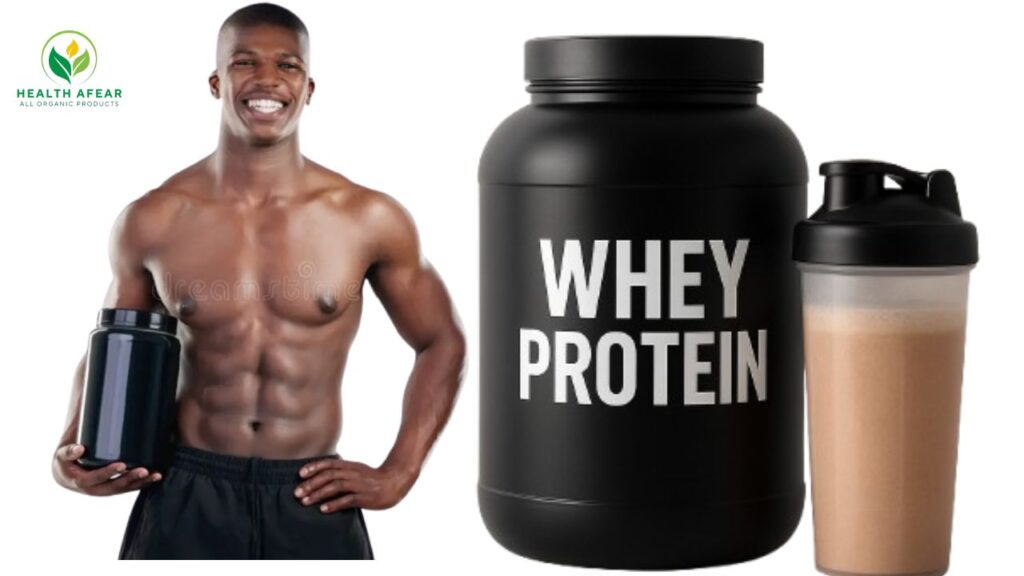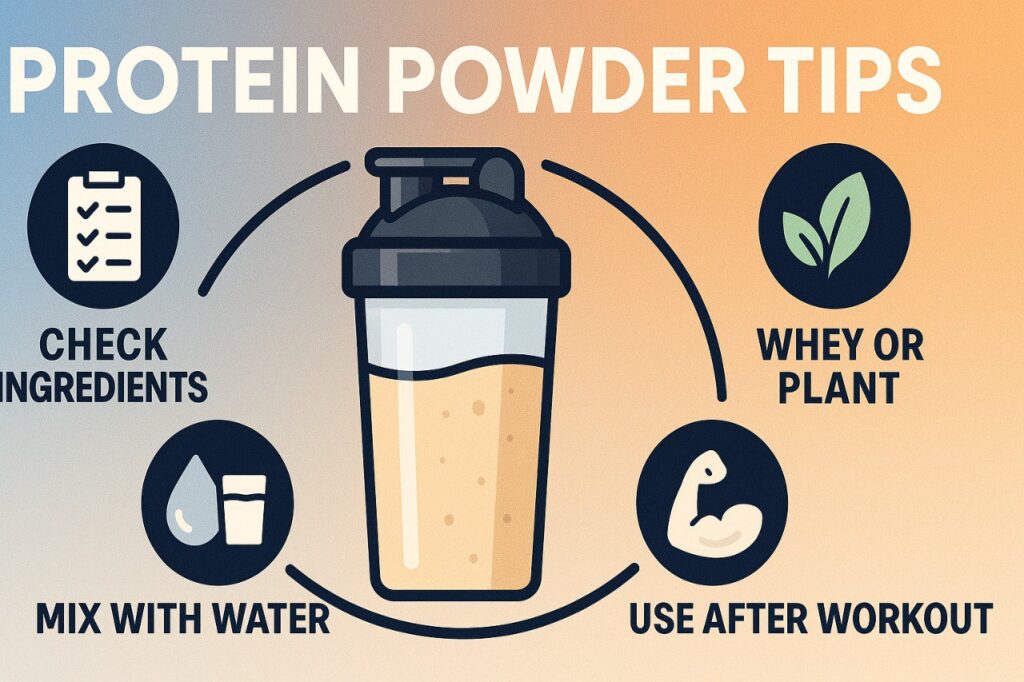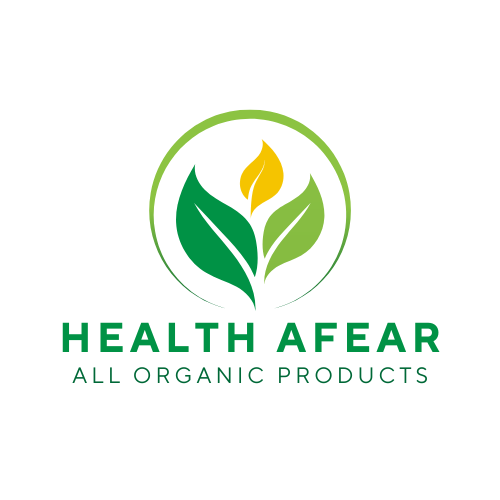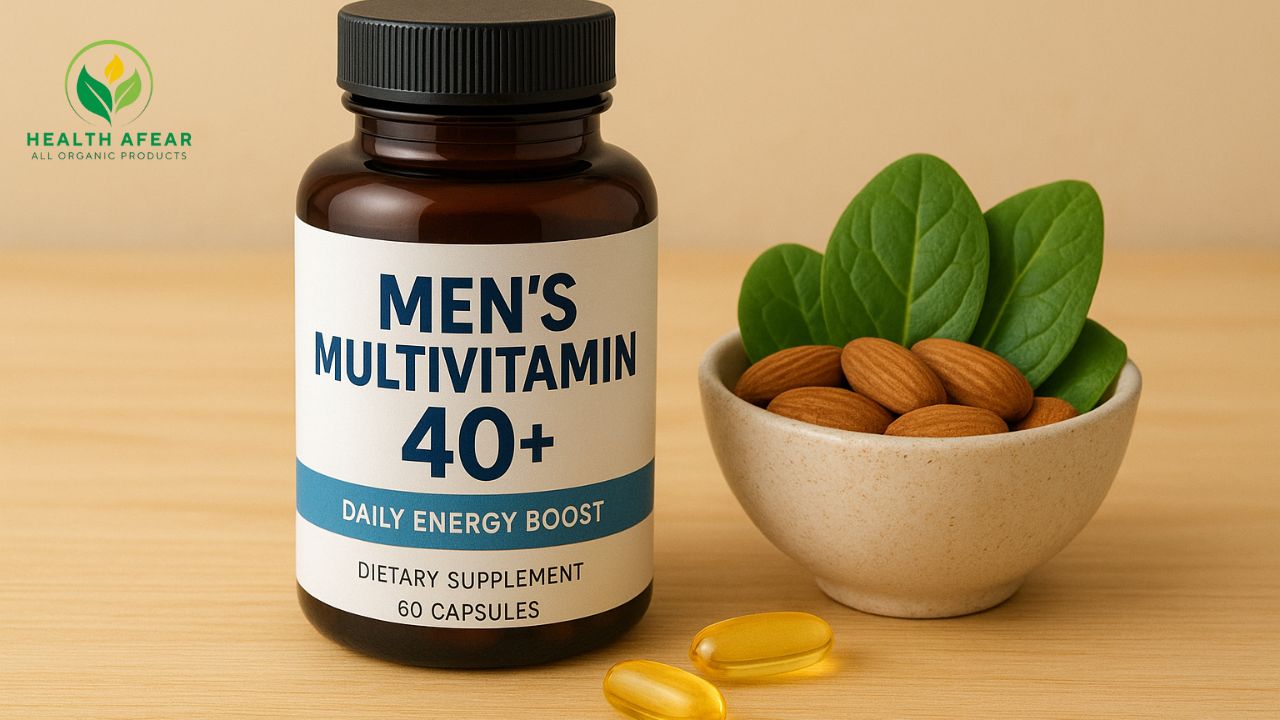Protein Powder for Muscle Gain

Did you know about Protein Powder for Muscle Gain, if yes then this article is for you. We will be discussing . Read on for more.
In the quest for lean muscle gain, diet and training matter most — but protein supplements can play a helpful supporting role. As we move through 2025, the market is crowded with options. The best protein powder is the one you’ll consistently use, fits your digestion and diet preferences, and meets your amino-acid needs. Below, I list five top picks and then dig into the pros and cons of whey vs. plant proteins, plus safety and usage tips.
Top 5 Protein Powders for Muscle Gain in 2025
Here are five protein powders frequently ranked high in 2025 by fitness, nutrition, and consumer-review sources. (Note: these are examples — availability and pricing may vary by region.)
- Optimum Nutrition Gold Standard Whey
Frequently cited as a benchmark “all-rounder” protein option. It offers a reliable 24 g protein per scoop, good flavor range, and solid mixability. Many reviews call it “dependable and safe.” - Transparent Labs Whey Protein Isolate
A premium option that uses minimally processed ingredients and avoids unnecessary fillers. Wired’s updated 2025 picks added Transparent Labs to their list. - Dymatize ISO100 (Hydrolyzed Whey Isolate)
This product is often ranked among the “best tasting” or “best isolate” options. Its hydrolyzed nature makes digestion a bit faster. - Orgain Organic Plant-Based Protein Powder
For those seeking a non-dairy alternative, this is often mentioned among the top vegan protein powders. WIRED - MyProtein Impact Whey / Whey Isolate
MyProtein is a widely available brand, offering both whey concentrate and isolate forms. It is often recommended in global reviews for its good balance of cost and quality.
These picks try to cover different needs: general whey, pure isolate, quick-digesting hydrolysate, and a vegan alternative. But remember: the “best” for you depends on cost, taste, digestibility, and dietary preferences.
Benefits and Limitations of Protein Supplementation
Benefits for Muscle Gain & Overall Health
- Supports muscle protein synthesis (MPS) — After resistance training, your muscles need amino acids; protein powders provide a fast, concentrated source.
- Convenience — It may be hard to eat enough protein-rich whole foods all day; powder solves that gap easily.
- Controlled nutrition — You can track exactly how many grams of protein you consume.
- Potential non-muscle benefits — Some studies suggest moderate protein supplementation may favorably affect blood pressure or lipid parameters.
Limitations & Potential Downsides
- Digestive discomfort — Some people experience bloating, gas, diarrhea, nausea or stomach pain, especially with whey if lactose sensitive.
- Cost — Over time, frequent use of high-end proteins can become expensive.
- Quality / contamination risk — Supplements aren’t regulated with the same rigor as drugs. Some products may contain heavy metals or undeclared additives.
- Excess calories / imbalance — If you already get enough protein from food, extra powder might push you into unwanted calorie surplus.
- Not a substitute for whole foods — Powders lack fiber, bioactive compounds, and holistic nutrition that whole foods provide.
As with all supplements, you should ideally consult a nutritionist or healthcare provider before starting, especially if you have kidney, liver, or metabolic conditions.
Whey vs Plant Protein: What to Choose?
One of the central debates in 2025 is whether to use whey (animal-derived) or plant-based protein. Each has pros, cons, and trade-offs.
Whey Protein – Advantages & Drawbacks
Advantages:
- Complete amino acid profile / high leucine content — Whey naturally contains all essential amino acids and is rich in leucine, which is a key trigger for MPS. integrishealth.org+2BarBend+2
- Fast absorption — Whey isolate and hydrolysate types are absorbed quickly, which can be beneficial post-workout.
- Evidence base — Many studies on muscle gain and resistance training use whey as the protein source.
Drawbacks / risks:
- Lactose intolerance / dairy sensitivity — People with lactose intolerance or a milk allergy may suffer digestive upset. Cleveland Clinic+2integrishealth.org+2
- Potential heavy metal / impurity risk — As with all supplements, risk depends on brand and testing.
- Environmental concerns — Dairy production has higher environmental impact than many plant sources.
Plant-Based Protein – Advantages & Drawbacks
Advantages:
- Gentler on digestion — Many plant proteins are lactose-free and better tolerated by those with dairy sensitivities. Orgain+2Selfish Supplements+2
- Additional nutrients — They often contain fiber, phytonutrients, antioxidants. integrishealth.org+2Healthline+2
- Lower environmental footprint — Growing plants generally uses less water, land, and produces fewer greenhouse gases compared to dairy.
- Flexible blends — Many plant-based powders combine pea, rice, hemp, or soy to build a more complete amino acid profile. PMC+1
Drawbacks / challenges:
- Incomplete or lower amino acid content — Many single plant sources lack one or more essential amino acids (e.g. lysine) or have lower leucine. Blends help mitigate this. EatingWell+3PMC+3Healthline+3
- Potential for lower efficacy (if poorly formulated) — Some plant proteins may not match whey’s speed or magnitude of effect unless the dose or blend is optimized. PMC+1
- Cost / flavor issues — High-quality plant proteins (organic, non-GMO, curated blends) can be pricey, and taste/texture may lag behind whey in some formulations.
- Heavy metal risk in “plant / organic” powders — The 2025 Clean Label Project noted that many plant-based / organic and chocolate-flavored powders in their sample exceeded safety thresholds for lead and cadmium.
What the research says:
One interesting trial found that, assuming matched protein amounts, a novel plant-based protein blend can yield similar results to whey in terms of body composition and performance. Also, pre-sleep protein studies showed no consistent superiority of whey over plant-based sources in muscle recovery when exercise is done earlier in the day.
In short:
- If your goal is maximal, fast-acting muscle protein synthesis, and you tolerate dairy, a clean whey isolate/hydrolysate is often ideal.
- If you prefer plant-based diet, have dairy sensitivity, or care about environmental impact, a well-formulated plant blend is a valid alternative — just check amino acid content, protein per scoop, and third-party testing.
Read About Best Exercises for Testosterone Boost 2025
Tips for Choosing & Using Protein Powders
- Check protein per scoop & serving size
Aim for 20–30 g protein per serving (or more, if your goal is high). If a “scoop” is 40 g but gives only 15 g protein, that’s not efficient. - Look for third-party testing / certification
Certifications like NSF Certified for Sport, Informed Choice, or Informed Sport help reduce risk of contaminants or mislabelled content. - Minimal junk additives
Avoid excess artificial sweeteners, fillers, or unnecessary extras. Simpler formulations reduce the risk of side effects. - Timing & pattern
- Post-workout (~30–60 min) is often ideal for a protein shake in conjunction with carbs.
- You can split protein across meals or add a shake between meals to hit your daily target.
- If using pre-bed supplementation, casein or slower-digesting proteins may be preferable; however, some studies show no dramatic advantage of whey over plant in that context. PMC
- Stay hydrated and balance macros
Protein needs more water for metabolism and excretion. Also, don’t neglect carbs and fat — they’re crucial for performance, hormones, and recovery. - Monitor for side effects
If you notice bloating, upset stomach, kidney strain (if underlying issue), or other symptoms, lower the dose or switch formulations. - Don’t over-rely on powders
Your primary protein should come from whole foods (meats, eggs, dairy, legumes, nuts) — powders bridge the gap, not replace real food.
Sample Daily Use Strategy (for Muscle Gain)

Here’s a sample structure for a moderately active lifter (adjust according to weight, goals, and caloric needs):
| Time | Meal / Shake | Reason |
|---|---|---|
| Morning | Whole-food breakfast (eggs / oats / dairy / nuts) | Foundation of nutritious protein + carbs + fats |
| Mid-morning | Protein shake (20–25 g) if needed | To maintain positive amino acid balance |
| Lunch | High-protein meal (chicken / legumes / fish etc) | Main supply of daily protein |
| Post-workout | Protein shake (25–30 g) + simple carbs | Rapid absorption supports recovery and MPS |
| Evening | Whole-food dinner | Sustained nutrients, satiety |
| Before bed | Slow-digesting protein (casein or blended) or small shake | Optional — helps overnight amino acid supply |
You’ll want to distribute your total daily protein (e.g. 1.6–2.2 g per kg body weight for many lifters) across 3–5 feeding occasions.
Conclusion & Take-Home Points
- Best protein powder in 2025 is the one you’ll reliably use, that digests well for you, and meets your amino acid needs.
- Among whey-based options, Optimum Nutrition Gold Standard Whey, Transparent Labs, and Dymatize ISO100 are frequently praised.
- For plant-based users, Orgain and well-designed multi-source blends are compelling alternatives.
- Whey formula typically gives faster, strong muscle-building effects if tolerated; plant blends offer gentler digestion and environmental/ethical advantages.
- Be cautious: watch for additives, heavy metals, and quality control.
- Use protein powders smartly — as supplements, not replacements. Get as much as possible from food, hydrate well, and pair with a solid training plan.





Leave a Reply